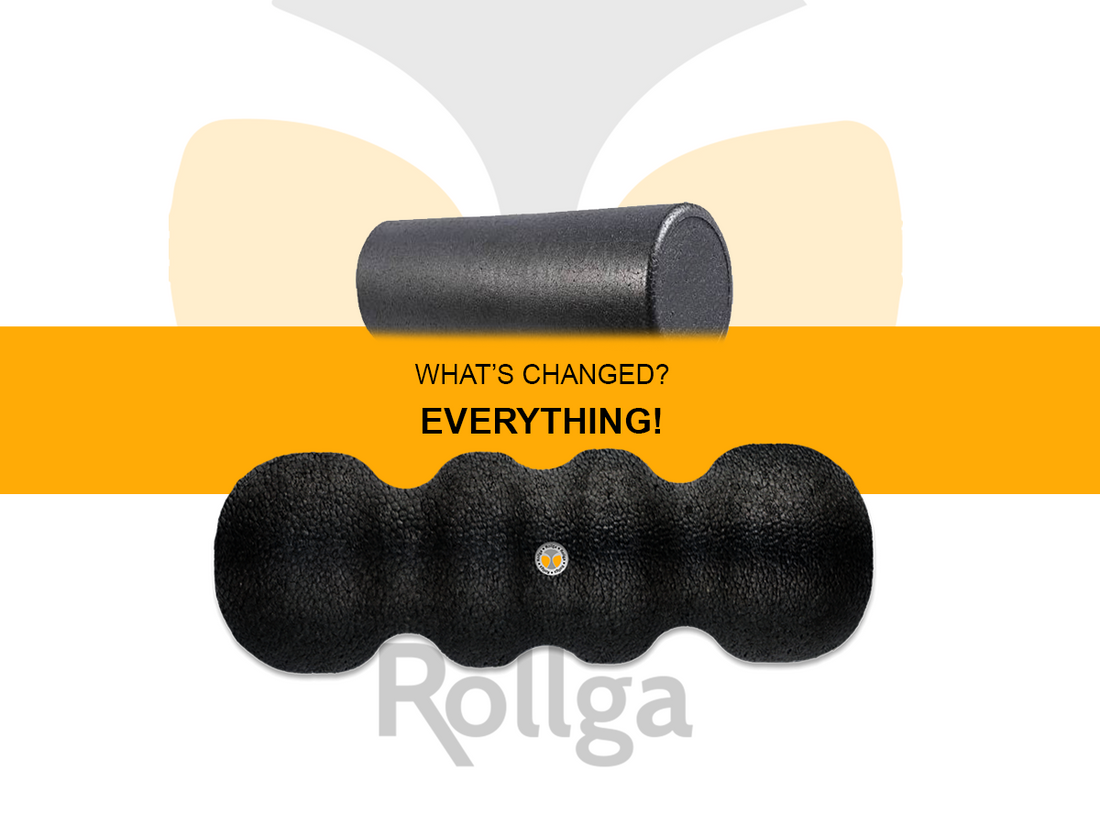

Foam rolling, once relegated to the periphery of fitness routines, has now taken center stage as an essential practice for enhancing flexibility, accelerating recovery, and optimizing athletic performance. This surge in popularity prompts us to delve deeper into the science behind foam rolling, specifically focusing on the intricate mechanisms of myofascial release. In this comprehensive exploration, we aim to demystify the physiological intricacies that make foam rolling a transformative self-care tool.
The Fascinating World of Fascia
To embark on our journey into the science of foam rolling, we must first appreciate the role of fascia. This connective tissue, which envelops muscles, bones, and organs, plays a crucial role in maintaining the body's structural integrity. However, due to factors like physical stress, poor posture, or injury, fascia can become tight and restricted, leading to discomfort, diminished flexibility, and even impeded athletic performance.
Myofascial Release: Breaking It Down
At the heart of foam rolling lies the concept of myofascial release—a therapeutic technique involving the application of sustained pressure to targeted areas. This pressure serves to alleviate restrictions in the fascial tissue, promoting elasticity and, consequently, a range of physical benefits.

Increased Blood Flow and Oxygenation
As the foam roller glides over different muscle groups, it acts as a catalyst for increased blood flow. This heightened circulation facilitates the delivery of oxygen and essential nutrients to muscles, expediting the recovery process and mitigating post-exercise soreness. The symbiotic relationship between improved blood flow and myofascial release is integral to understanding the holistic benefits of foam rolling.
Breaking Down Adhesions
A primary objective of myofascial release is to dismantle adhesions—dense areas within the fascial tissue resembling knots. These adhesions can form as a result of overuse, injury, or prolonged periods of inactivity. By strategically applying pressure through foam rolling, individuals can actively engage in the process of breaking down these adhesions, restoring the fascial tissue's pliability and enhancing overall flexibility.
Neurological Effects
Beyond its mechanical impact, foam rolling exerts neurological effects that contribute to its perceived efficacy. The pressure applied during rolling stimulates sensory receptors in the skin and underlying tissues, prompting a cascade of signals to the brain. These signals encourage the relaxation of the targeted muscles, providing a dual-layered approach to relief—both physical and neurological.
Evidence-Based Support
Scientific scrutiny has validated the anecdotal claims surrounding foam rolling. Numerous studies have consistently demonstrated the positive effects of regular foam rolling on range of motion, muscle flexibility, and athletic performance. From controlled trials to meta-analyses, the evidence underscores the credibility of foam rolling as a valuable addition to one's fitness routine.
Integration into Your Fitness Regimen
Armed with this deeper understanding, individuals can integrate foam rolling more purposefully into their fitness regimens. Whether you're a seasoned athlete aiming to enhance recovery or a novice looking to prevent injuries, the science-backed principles of myofascial release can guide your approach to foam rolling.
In conclusion, foam rolling transcends the realm of mere anecdotal success stories—it is grounded in the scientific principles of myofascial release. By unraveling the complex interplay between fascia, increased blood flow, adhesion breakdown, and neurological responses, we gain a profound appreciation for the multifaceted benefits of this seemingly simple practice. Whether you're unrolling your mat for a post-workout session or incorporating foam rolling into your daily routine, you are actively engaging with the intricate science of self-care, unlocking the potential for improved physical well-being and athletic prowess.

